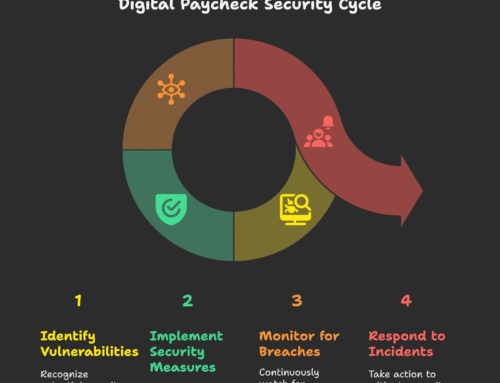“Work smarter, not harder.” The advice has been passed around for so long that most people have no idea where the phrase originated. Allan H. Mogensen, an industrial engineer noted for popularizing flowcharts during the 1930s, coined the term as he promoted his theories on work simplification and office management.
Even more than 80 years later, the advice is as true today as it was then. As workloads increase, employees are often forced to put in extra hours to get their jobs done. Many attempt to multitask, working on two, three, or even four different tasks at once; unfortunately, each additional task has a significant impact on both the quantity and quality of the results employees achieve.
Rather than boosting productivity, multitasking can have a drastic negative effect on both the amount of work employees get done and the quality of that work, with one study from the University of London finding participants’ effective IQ scores dropped by 15 points while multitasking, falling to the average range of an 8-year-old child. The same study suggested that multitasking led to declines similar to those a worker would suffer from staying up all night or smoking marijuana.
How to Simplify Your Workflow
In order to recover that lost productivity, managers and workers should look for ways to simplify their workflow. But how to do that? Here are a few suggestions:
1. Give the workers more flexibility and authority over the work process
While well-intentioned, managers often introduce tasks to a job to increase efficiency but end up doing the opposite instead. Mogensen once postulated:
“The person doing the job knows far more than anyone else as to the best way of doing that job, and therefore is the one person best fitted to improve it.”
Rather than treating employees as simply grunts working their way through a task, managers should seek those employees’ expertise on their task. After all, who is better qualified to comment on and improve a work process than those who are utilizing that process every day?
2. Use software solutions to simplify and automate workflow tasks
Sometimes, there are so many tasks within the workflow that juggling them all is an overwhelming endeavor. At such times, it may be advisable to implement a business process management (BPM) solution. With such a solution, managers and employees alike can offload much of the heavy lifting onto the BPM or workflow software, allowing the program to automate tasks and collect helpful data.
Using the BPM software, managers can break the workflow down into smaller, more manageable tasks and delegate them to employees with both the time and the expertise to best accomplish them. This helps to remove the pressure of juggling those tasks from the employee and allows them to focus on the immediate task at hand. At the same time, managers can keep track of key indicators and quickly identify areas that need improvement. They can provide frequent feedback to employees as well, recognizing them for successes, which can significantly improve morale and prevent burnout and turnover.
3. Stop seeing “no” as a bad word
When you are presented with a great new idea, why would you turn it down? It may seem counter-intuitive to reject a revolutionary new idea, but sometimes, even a good idea can have a negative impact on a team’s productivity or satisfaction.
When presented with a new idea for your team, make sure you consider the idea from all angles to determine just what sort of an effect it will have on your team and their results. Ask yourself how it will serve and fit your vision. Each new implementation brings interruptions and new roadblocks; are those interruptions worth the value that the new idea will bring? Does the new idea simplify the workflow, or does it actually make it even more complicated?
Warren Buffett, the American business magnate and investor, is credited with this advice:
“The difference between successful people and very successful people is that very successful people say no to almost everything.”
This doesn’t mean that you should shoot down every idea that comes your way; rather, it means that managers should very purposefully study their work processes and strategically eliminate those steps that are not absolutely essential. Each day, reexamine your process and figure out what is crucial and what you can do without, then remove the unnecessary steps.
Download the eBook and learn how to use neuroscience to attract the right talent, retain high-performing employees and foster collaborative teams.
Image licensed from Depositphotos.com






Leave A Comment